Material. Efficiently. Processed.
Materials-
stoffe
The selection of the right material is almost as important as the idea for the product itself. Because without the appropriate material, innovative products will be limited in terms of durability, functionality and appearance. Currently, GDFT’s most commonly processed materials are: Various synthetic materials, aluminum, stainless steel, steel, many different metal alloys, as well as non-ferrous metals, such as brass and copper. Upon customer request, we can of course process other materials as well.
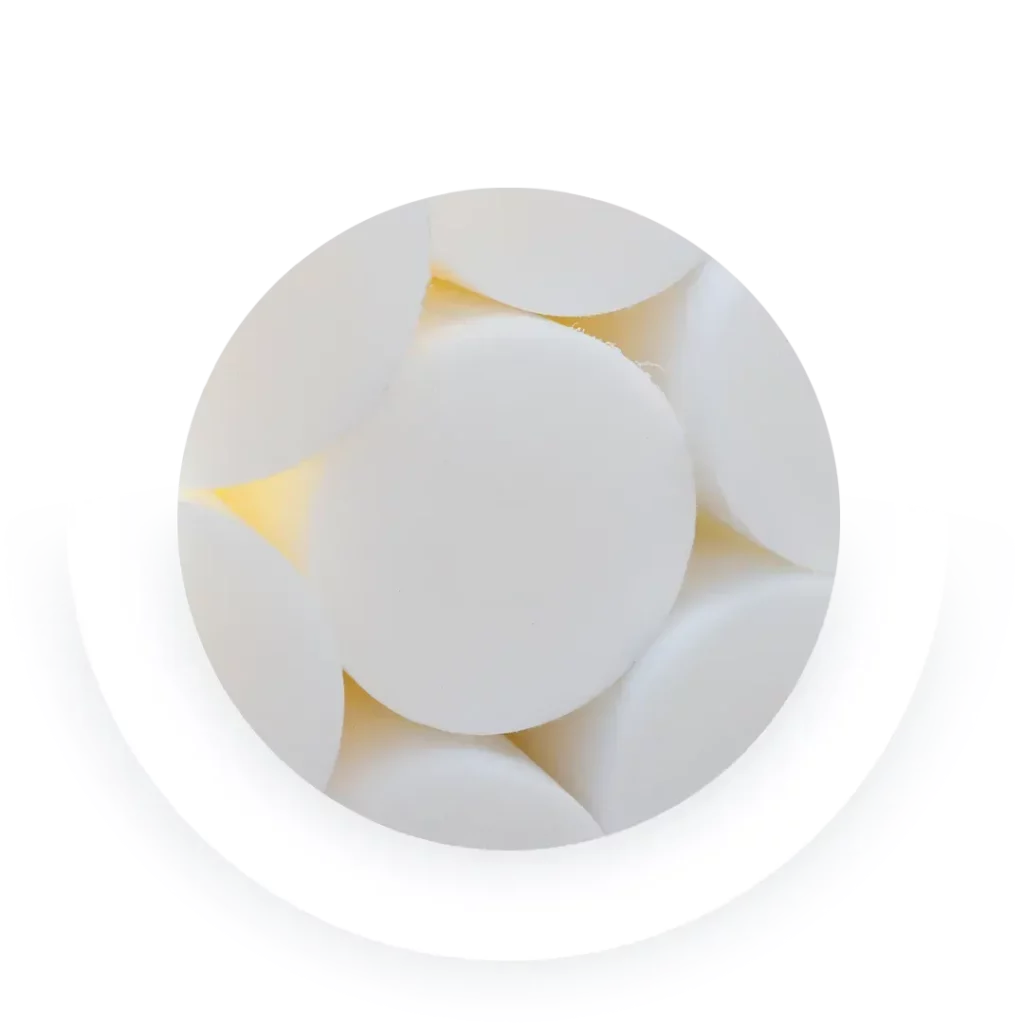
Would you like to know
if we can process your desired materials?
A large share of synthetic materials
Since we have a large customer base that operates in the laboratory and medical technology fields, that requires a lot of single-use products, our share of synthetic materials is around 50% of annual production volume. Our manufacturing crew has gained extensive experience in machining synthetics and plastics in recent years and is very familiar with the properties of these materials.
Material handling
Because of our in-house logistics solutions (LINK warehousing and logistics), we are able to react to job-specific circumstances, as we store certain quantities of our most common materials in our local warehouse. This also means that changing raw material prices do not necessarily have an effect on cost calculations of upcoming customer orders. In addition to that, we have two saws at our disposal, which enable us to cut the raw material to optimal length for production – which saves time and money.
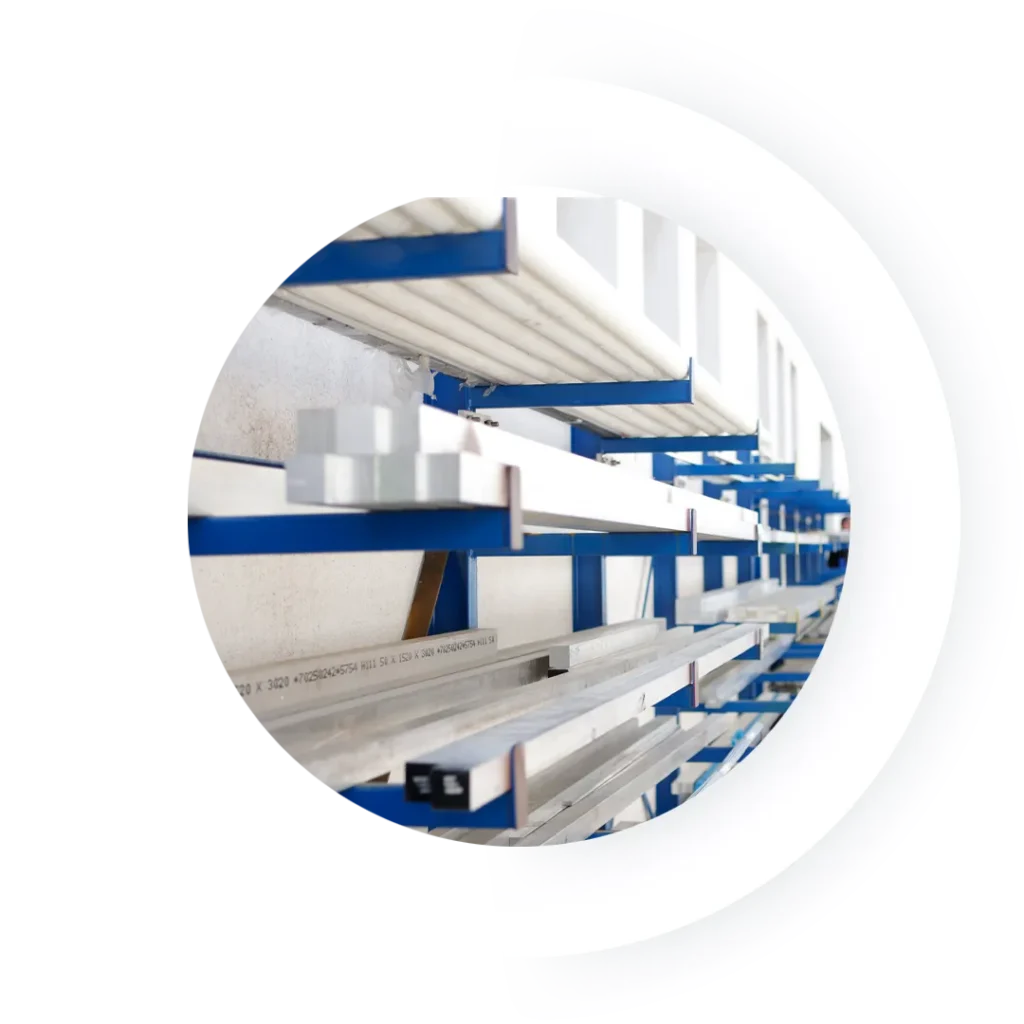

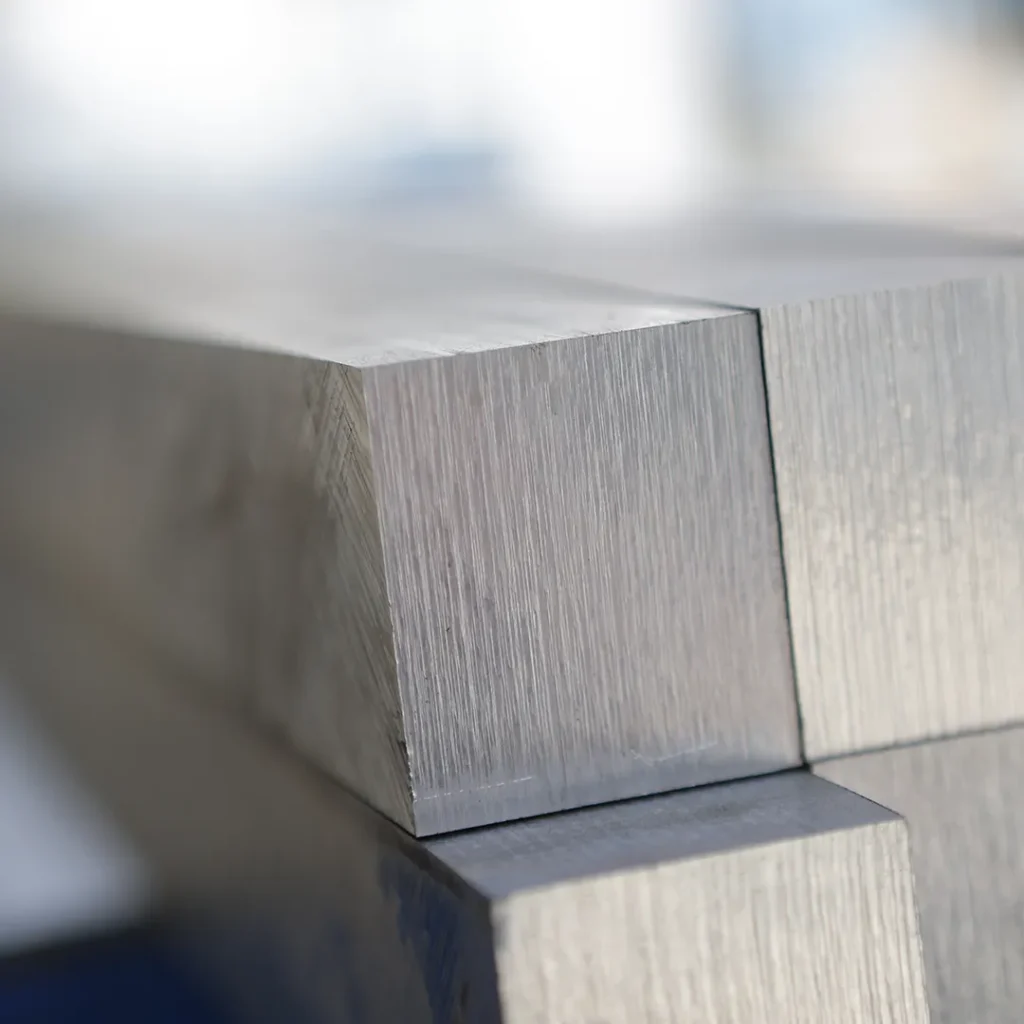
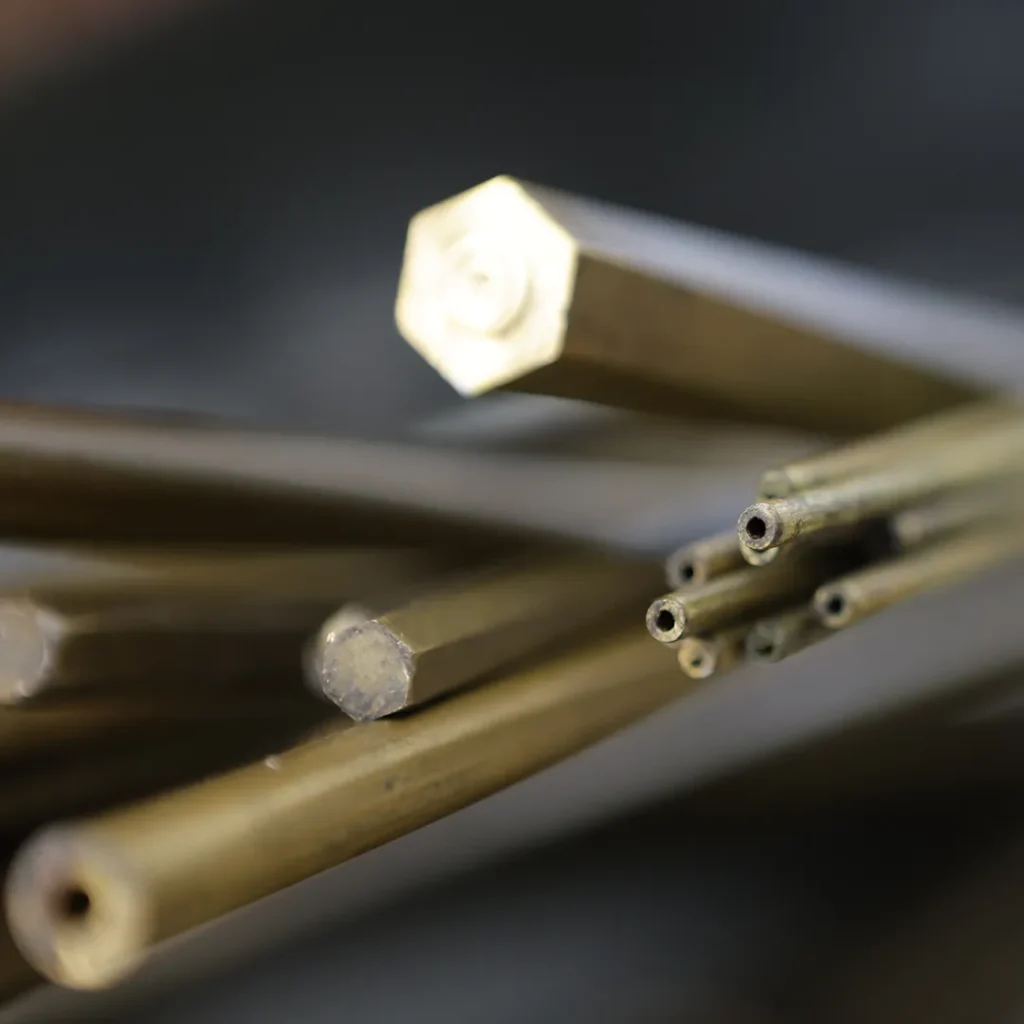
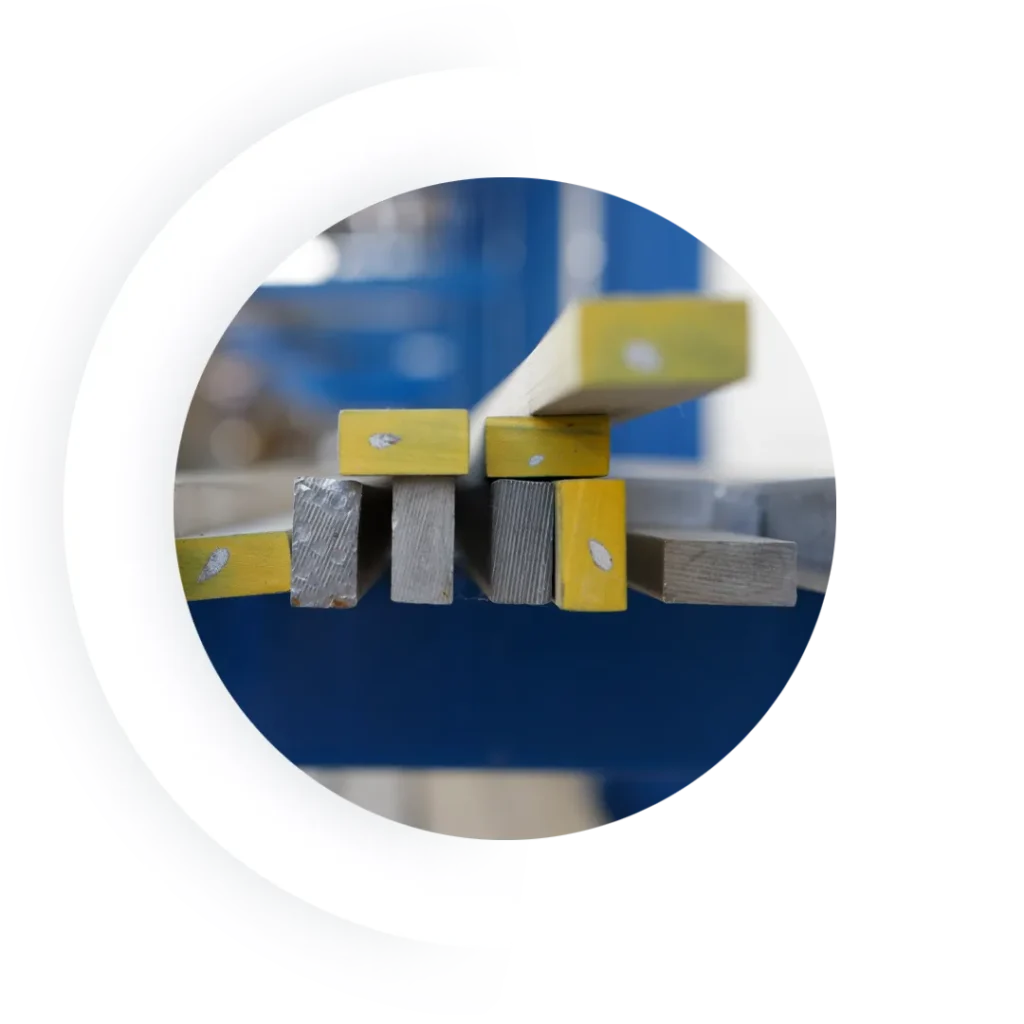
Materials and finishing
Selecting the proper materials also determines the finishing options and methods after manufacturing (LINK Finishing), as some finishing processes are only applicable to certain types of materials. For example, one can anodize only certain aluminum alloys. Other finishing techniques, such as galvanizing – where chemical compounds are being used, are only suitable for certain other materials.
The correct finishing process must be selected, depending on deployment purpose or intended use of the finished part or component – be it for aesthetic reasons, improved durability or resistance to wear and tear.
Prototypes can help
Whether a selected material, a manufacturing method and the type of finishing will produce a viable product in the end, which meets your requirements in regard to strength, function and aesthetics, can be determined by making a prototype. Only when the entire process of manufacturing a part has been gone through, valuable insights for the serial productions can be gained and important lessons can be learned. These insights and lessons can also result in a change of materials.

These are the most commonly materials processed by GDFT:
- Various synthetic materials (i.e., POM, PP, PA, PTFE etc.)
- Aluminum
- Steel/ stainless steel
- Various metal alloys
- Non-ferrous metals (mostly brass and copper)
Would you like to learn more about the materials we process and their specifications?
